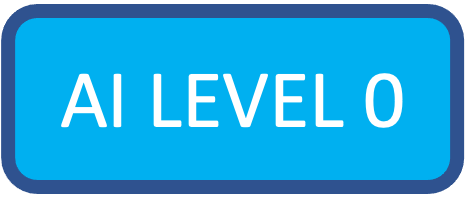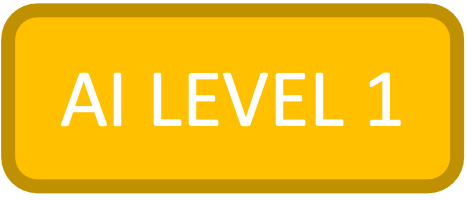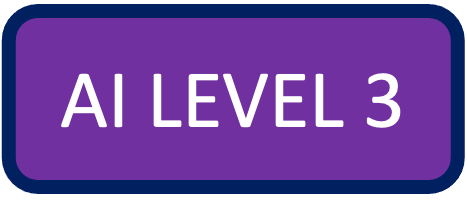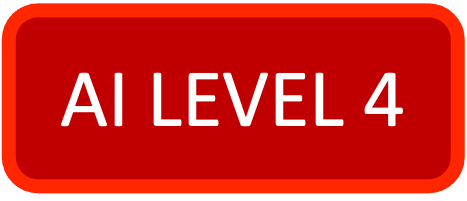- Inclusive Growth & Wellbeing – AIME helps SMEs and enterprises achieve measurable productivity gains while reducing environmental impact through low-carbon models.
- Human-centred Values & Fairness – We are committed to fairness, bias testing, and human oversight for high-stakes uses.
- Transparency & Explainability – We maintain Model Cards and a Transparency Pack so stakeholders understand what AIME does, how it works, and its limitations.
- Robustness, Safety & Security – Sentinel modules, monitoring, and our Incident Response Plan ensure resilient and secure operation.
- Accountability – Each AI risk has a named owner, with board-level oversight and clear stakeholder feedback channels.
VDP AI Principles
AI is the simulation of cognitive abilities and problem-solving skills, enabling machines to perform tasks that require reasoning, decision-making, and natural language processing. AI has the potential to be humanity's greatest or worst invention. Our choices and actions will determine which. How we, at Voodoo Park, develop, implement and use AI, is governed by four principles.
AI should be developed and used in a way that is beneficial to society and respects human rights and dignity.
AI systems should incorporate mechanisms for human oversight and control to ensure they align with human values and goals.
The ratings are as follows:

Basic AI tools such as spell checkers, grammar checkers, or synonym suggestions were used only for language improvement.
No AI assistance was used for researching the subject or creating text.

AI tools like search engines or AI-powered research assistants were used for gathering information but not for content generation.
Basic AI tools for language improvement (e.g., spell checkers, grammar checkers) were also used.

AI-based tools like topic generators or AI writing assistants were used occasionally to support the author's work but were not the primary source of content.
AI assistance was also used for research and language improvement.



The author may have provided initial prompts, keywords, or research topics but relied on AI to generate the content, structure, perform edits, and gather research materials.
References
The Asilomar AI Principles: Asilomar AI Principles. (2017). Future of Life Institute. https://futureoflife.org/ai-principles/
The Montreal Declaration for Responsible AI: Montreal Declaration for Responsible AI. (2018). Université de Montréal. https://www.montrealdeclaration-responsibleai.com/the-declaration
The European Union’s Ethics Guidelines for Trustworthy AI: European Commission. (2019). Ethics guidelines for trustworthy AI. https://ec.europa.eu/digital-single-market/en/news/ethics-guidelines-trustworthy-ai
The IEEE Global Initiative on Ethics of Autonomous and Intelligent Systems: IEEE Global Initiative on Ethics of Autonomous and Intelligent Systems. (2019). Ethically Aligned Design: A Vision for Prioritizing Human Well-being with Autonomous and Intelligent Systems. IEEE. https://ethicsinaction.ieee.org/
The Stanford University Human-Centered AI Manifesto: Stanford Institute for Human-Centered Artificial Intelligence. (2018). The Stanford University Human-Centered AI Manifesto. Stanford University. https://hai.stanford.edu/blog/human-centered-artificial-intelligence-manifesto
Google AI Principles: Google. (2018). Google AI Principles. https://www.blog.google/technology/ai/ai-principles/
Responsible and trusted AI - Cloud Adoption Framework | Microsoft Learn. https://learn.microsoft.com/en-us/azure/cloud-adoption-framework/innovate/best-practices/trusted-ai

